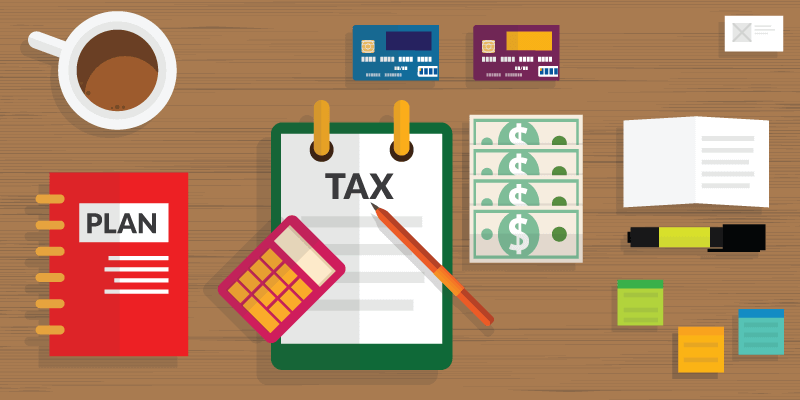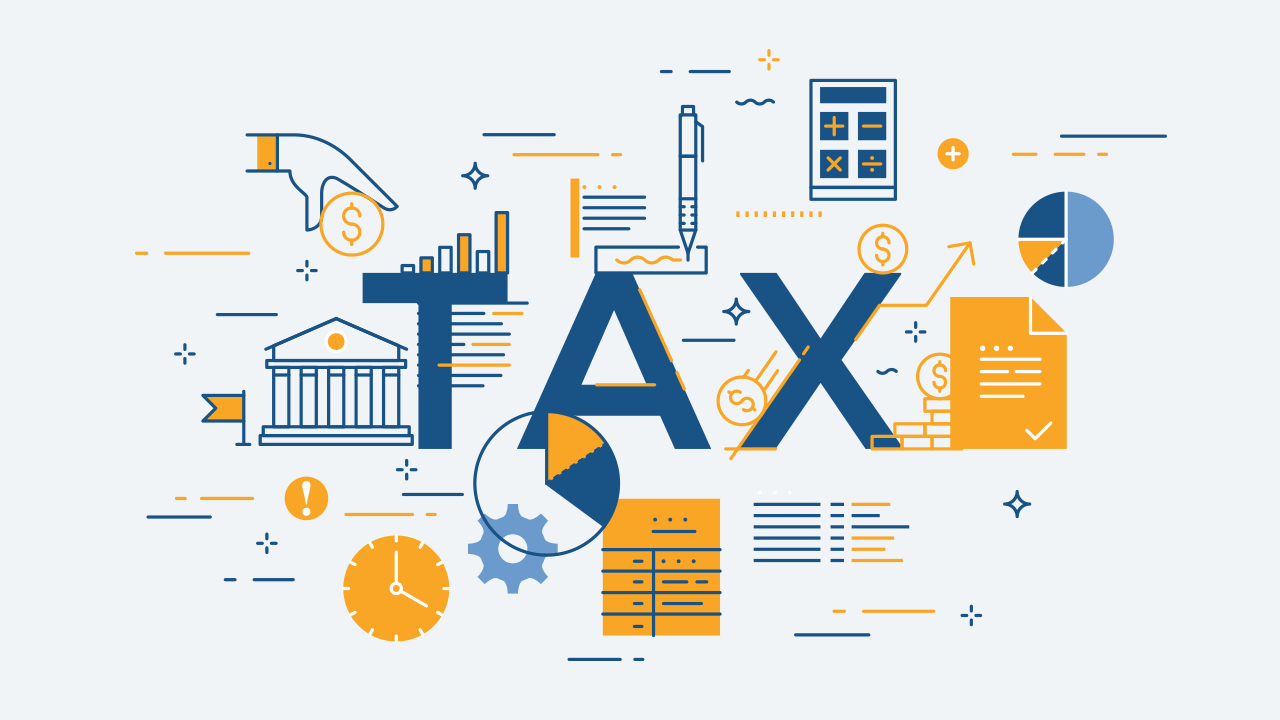Navigating Tax Brackets and Strategies for Lowering Your Tax Bill

Strategic Financial Planning for Tax Savings
Understanding how your income taxes are calculated can be tricky but it is important for making smart financial decisions. In 2024 the tax brackets determine how much of your income is taxed at each rate. For example the first $10,000 of your income might be taxed at 10% while the next $20,000 is taxed at 15% and so on. This means that if you earn more money you might be bumped up into a higher tax bracket and have to pay a higher percentage of your income in taxes.
One way to lower your tax bill is to contribute to a retirement account like a 401 k or IRA. These contributions are often tax deductible meaning they lower your taxable income for the year. This can be especially helpful if you are close to the next tax bracket. Deductions and credits can also lower your tax bill. Deductions reduce your taxable income while credits directly reduce the amount of tax you owe. For example if you have children you might be eligible for the Child Tax Credit which can lower your tax bill by up to $2,000 per child.
READ ALSO: “March 2024 Social Security Deposit Date Confirmed: Increased Benefits For Whom?
Finally it is important to think about when you recognize income. If you receive a bonus or other income near the end of the year you might be able to defer it until the following year to avoid being bumped up into a higher tax bracket. Similarly if you are self-employed you can time your expenses and income to lower your taxable income for the year. By understanding how your income taxes are calculated and making strategic financial decisions you can lower your tax bill and keep more money in your pocket.
2024 Tax Brackets
| Tax rate | Single | Married filing jointly | Married filing separately | Head of household |
|---|---|---|---|---|
|
10%
|
$0 $11,600
|
$0 $23,200
|
$0 $11,600
|
$0 $16,550
|
|
12%
|
$11,601 $47,150
|
$23,201 $94,300
|
$11,601 $47,150
|
$16,551 $63,100
|
|
22%
|
$47,151 $100,525
|
$94,301 $201,050
|
$47,151 $100,525
|
$63,101 $100,500
|
|
24%
|
$100,526 $191,950
|
$201,051 $383,900
|
$100,526 $191,950
|
$100,501 $191,950
|
|
32%
|
$191,951 $243,725
|
$383,901 $487,450
|
$191,951 $243,725
|
$191,951 $243,700
|
|
35%
|
$243,726 $609,350
|
$487,451 $731,200
|
$243,726 $365,600
|
$243,701 $609,350
|
|
37%
|
$609,351
|
$731,201
|
$365,601
|
$609,351
|




